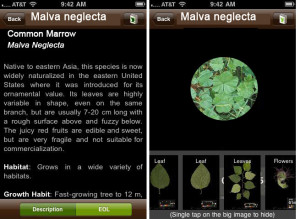The more I read about the concept of weeds, the more I realize how closely tied to human intervention of nature. A weed is not a botanical classification, rather a term that people use to describe plants that is growing where humans do not want it to grow. While weed is mostly a negative term, a plant that is considered a weed in one context, may not be in the next. Some weeds have beneficial aspects to neighboring plants or insects. For example, there are plants that flourish in agricultural areas alongside the crops that people have planted. These plants are deemed unwanted and must be controlled to protect the crop yield of the desired plant. The ironic part about weed growth is these plants typically follow the paths of human migration and cultivation. We are the ultimate cause of what we don’t want.
Due to the ambiguity of the term “weeds” and lack of clear definition for when something is a weed, I want to create an educational tool/field guide for identifying different weedy plants while outside and learning more about them. An app like this already exists, called “leafsnap” that different tree species through identification of their leaves. This project is a joint effort with ColumbiaU/UMD/Smithsonian that uses visual recognition software and crowd-sourcing of leaf images and locations to create a database of trees and their leaves in different areas.
My WeedSee app would employ similar techniques in identification but provide more information that could be useful to gardeners or casual plant enthusiasts such as:
-Invasive species status: has there been an adverse effect on other species in the habitat?
-Attracts/hosts/repels certain insects: could be helpful as an insecticide
-Companion plants: do they help another plant grow?
-Medicinal uses
-Edible: can humans eat it or is it poisonous?
-Animal uses: can animals eat it?



Comments